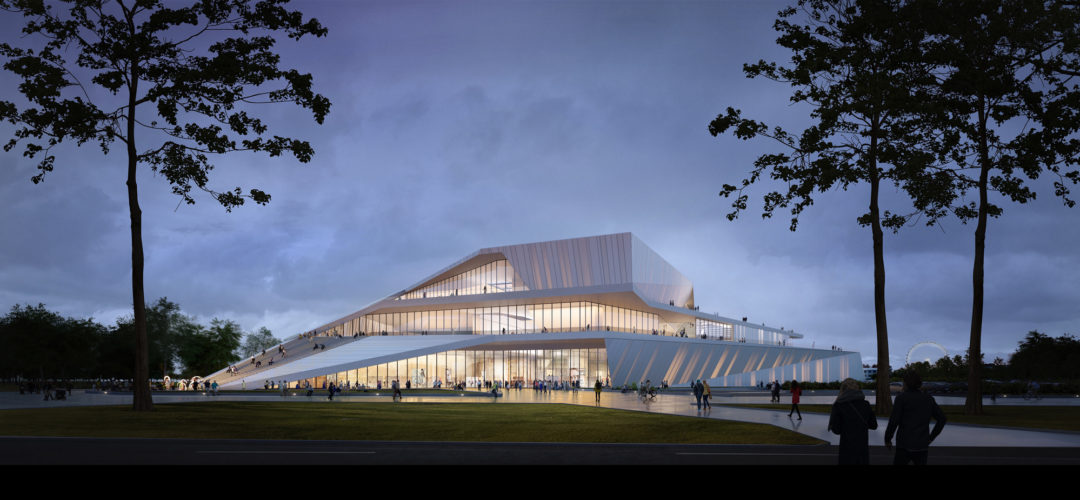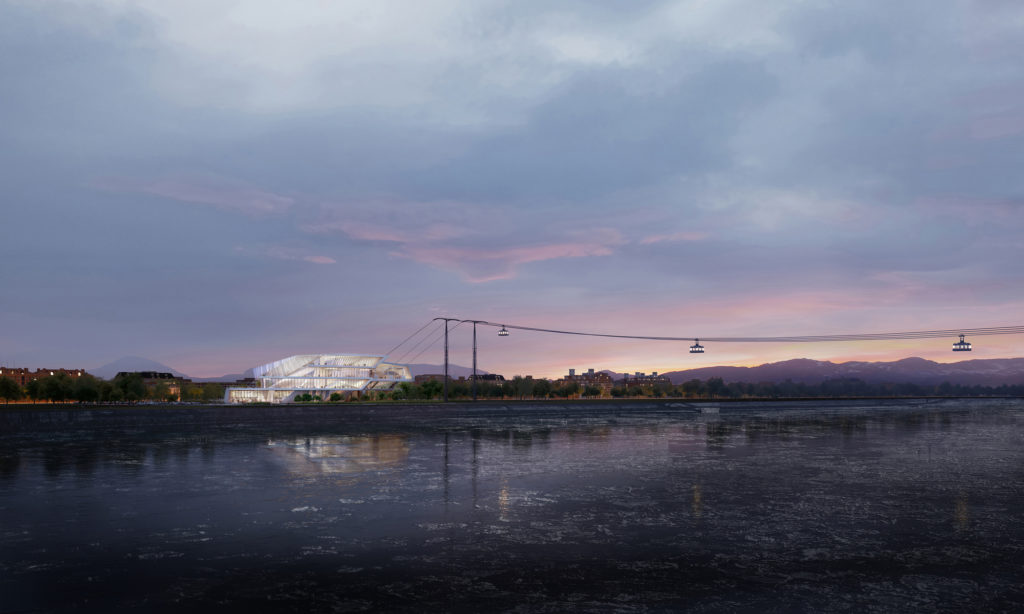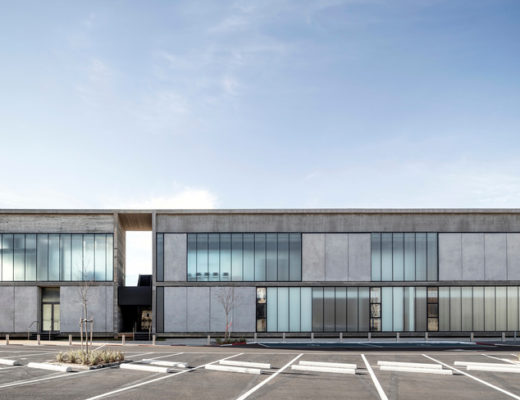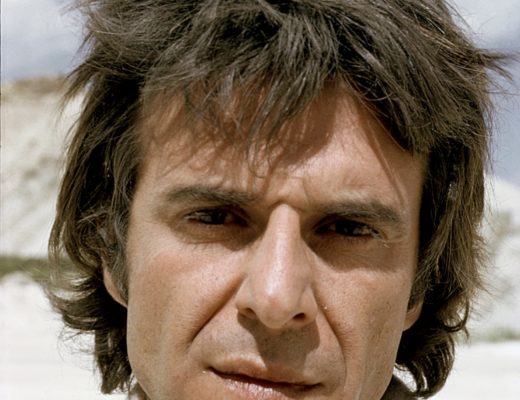The Netherlands-based practice, UNStudio, founded by Ben van Berkel, has won a competition to design the world’s first cross-border cable car to carry passengers across the Amur River connecting Russia and China. The Cable Car Terminal is designed as an expression of the historic connection between the two cities of Blagoveshchensk and Heihe. The new cable car line aims to become an engine for creating social connections between the two cultures and will connect the cities in less than 10 minutes.
Following a vision round involving 12 practices in the invited competition managed by Strelka KB, UNStudio and Coop Himmelb(l)au were selected to submit design proposals for the Blagoveshchensk Terminal Station in Russia for the second phase. Strelka KB was also responsible for the economic and functional model of the Cable Car Terminal. Comprising 2 lines and 4 cabins – each with a capacity of 60 passengers and extra space for luggage – journey time will be approximately 7:30 mins, while actual travel time will be 3:30 mins.
Ben van Berkel of UNStudio says: “Cable car systems provide a new form of public transport that is sustainable, extremely fast, reliable and efficient. Although primarily a pragmatic solution, cable cars are also a very congenial way to travel as they enable us to see and experience our cities in a whole new way. As it crosses the natural border of the Amur River, the Blagoveshchensk – Heihe cable car will be the first-ever cable car system to join two countries and cultures. This context provided rich inspiration for the Blagoveshchensk terminal station, which not only responds to its immediate urban location but also becomes an expression of cultural identity and a podium for the intermingling of cultures.”
The location of the terminal curates the visual relationship between Blagoveshchensk and Heihe. First by creating an elevated viewing platform over the Amur towards Heihe, and second by framing the view from the arrival platform of the cable car back towards the city of Blagoveshchensk. By offsetting the terminal from the existing boulevard along the river, a welcoming space is created for visitors from Heihe and connections are established between the new natural starting point of the golden mile – a long stretch of golden sand along the river – and the green plateaus of the terminal.
A new urban square will form a cultural focal point for Blagoveschensk, connecting the city to the river and upgrading the city with a new space for events and performances. Simultaneously, a pedestrian connection that passes through, connects the cultural square with the Golden Mile alongside the river. The terminal building itself is shaped as an open and welcoming gesture, allowing visitors to enjoy commercial spaces in one connected movement, with a clear navigational direction towards the departure platforms. The building’s internal circulation is reflected in its exterior, thus opening its cultural and commercial program towards the public realm of the city of Blagoveshchensk.
The shape of the building also enables the raising of the park towards the roof of the terminal. The terraces and green plateaus act as an elevated urban park, creating a green space for urban arts and sculptures, and viewing points over the whole Golden Mile river-scape. The green on the building naturally blends with the park that is proposed for the area between the terminal and river, as well as with the adjacent parking area, which has a green axis that largely hides the parked cars from city views and the boulevard.






